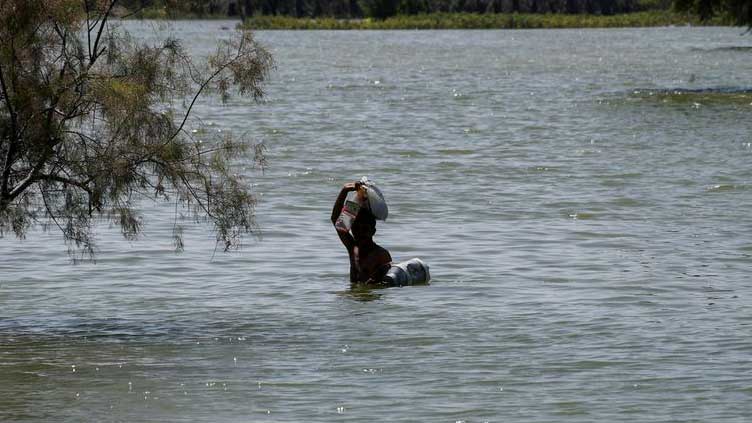While Pakistanis count the cost of one of the country’s worst recorded floods, heavy rain is hitting southwestern China as the Texas city of Dallas recovers from a 10-inch deluge in a single day last month.

Each of these rain-fuelled disasters followed a heatwave, suggesting the regions have been swinging wildly between two contradictory extremes. But extreme heat and extreme rainfall are closely related – and being gassed-up by climate change, scientists say.
Sweltering spring temperatures in South Asia, topping 50 degrees Celsius, are likely to have warmed the Indian Ocean. That warm water would then have fuelled what the U.N. Secretary-General Antonio Guterres this week called “a monsoon on steroids” over Pakistan – dumping more than three times as much rain as the 30-year average for August and inundating a third of the country.
More than 1,100 people have been killed, crops are ruined, and homes destroyed, prompting urgent pleas for aid. read more
It will take weeks if not months to determine exactly how much of a role climate change may have played in this year’s floods, but scientists agree it is supercharging extremes. Heatwaves are already more frequent and intense worldwide, increasing evaporation from both the land and the ocean. Because a warmer atmosphere can also hold more moisture, the water vapor builds until clouds eventually break and send down heavier rain.
“The same places can be expected to experience both flooding and drought in a hotter climate,” said climate scientist Deepti Singh at Washington State University.